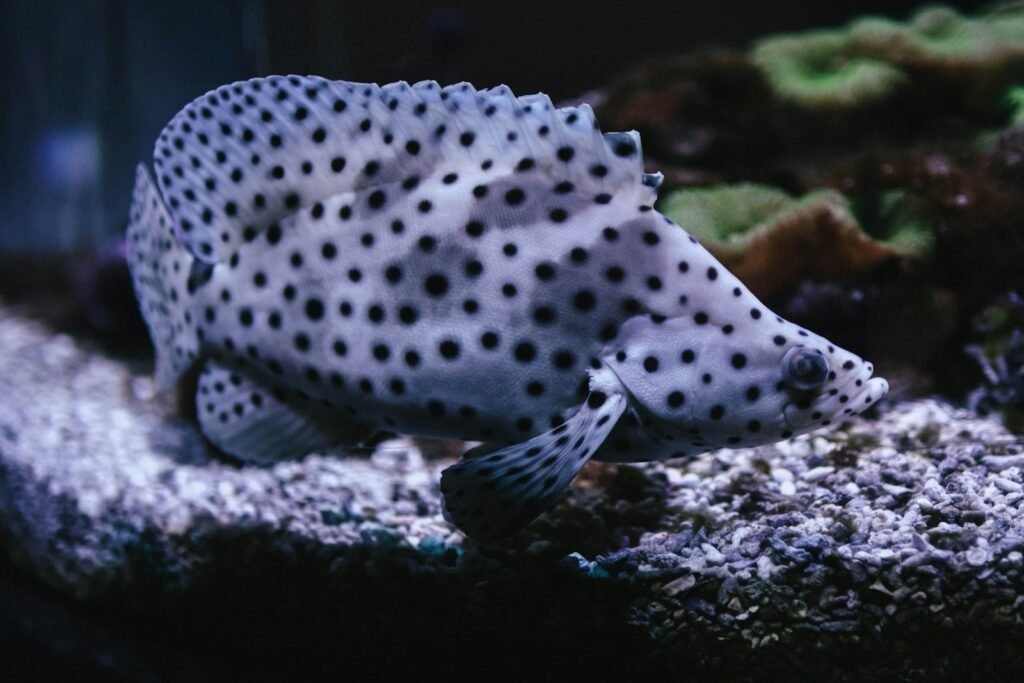Imagine a creature so remarkable that it holds the keys to healing wounds that would cripple any other animal, yet it achieves this miracle by doing something most of us would consider impossible: refusing to grow up. In the murky waters of ancient Mexican lakes, the axolotl has mastered the art of eternal youth, turning what should be a biological dead end into nature’s most impressive regenerative superpower. This isn’t just another cute aquatic pet story—this is about an animal that could revolutionize human medicine forever.
The Peter Pan of the Animal Kingdom

The axolotl’s refusal to mature isn’t some quirky personality trait—it’s a biological phenomenon called neoteny that has become their greatest evolutionary advantage. While most amphibians undergo metamorphosis, transforming from aquatic larvae into terrestrial adults, axolotls said “no thanks” to growing up millions of years ago. They retain their larval features throughout their entire lives, keeping their feathery external gills, fin-like tail, and that perpetually surprised expression that makes them look like underwater puppies.
This permanent childhood state isn’t just adorable—it’s revolutionary. By staying in their larval form, axolotls maintain the incredible regenerative abilities that most animals lose as they mature. It’s like having a biological reset button that never gets switched off, allowing them to rebuild lost body parts with the enthusiasm of a child building with blocks.
Regrowing Limbs Like It’s No Big Deal

When an axolotl loses a limb, it doesn’t panic or adapt to living without it—it simply grows a new one. Within weeks, a perfect replacement emerges, complete with bones, muscles, nerves, and blood vessels, all perfectly functional and indistinguishable from the original. This isn’t some sloppy patch job either; the regenerated limb works exactly as it should, with full sensation and mobility.
The process begins within hours of injury, as specialized cells called blastemal cells gather at the wound site. These cellular architects somehow remember the exact blueprint of what was lost and rebuild it from scratch. It’s like having a construction crew that never needs blueprints because they’ve memorized every detail of the original structure.
The Heart That Heals Itself

If regrowing limbs wasn’t impressive enough, axolotls can actually regenerate portions of their hearts. When researchers deliberately damaged parts of an axolotl’s heart, the animal didn’t just survive—it rebuilt the damaged tissue with remarkable precision. The heart muscle regenerated completely, restoring full function without any scar tissue formation.
This cardiac regeneration happens through a process where existing heart cells dedifferentiate, essentially becoming stem cells again, then multiply and specialize to replace what was lost. It’s as if the heart cells remember how to be young again, rolling back their biological clock to repair the damage. For humans, who form scar tissue after heart attacks, this represents a tantalizing glimpse of what might be possible.
Spinal Cord Regeneration That Defies Logic
Perhaps most remarkably, axolotls can regenerate their spinal cords after severe injuries that would permanently paralyze any mammal. When their spinal cord is severed, they don’t accept paralysis as their fate—they regrow the entire neural network, restoring full mobility and sensation. This process takes several weeks, during which new neurons grow across the injury site and reconnect with existing neural pathways.
The regenerated spinal cord isn’t just functional—it’s virtually identical to the original, with proper connections between motor and sensory neurons. This ability challenges everything we thought we knew about neural regeneration, suggesting that the mammalian belief that “nerve cells don’t regenerate” might be more of a limitation than a biological law.
Brain Regeneration That Rewrites Medical Textbooks
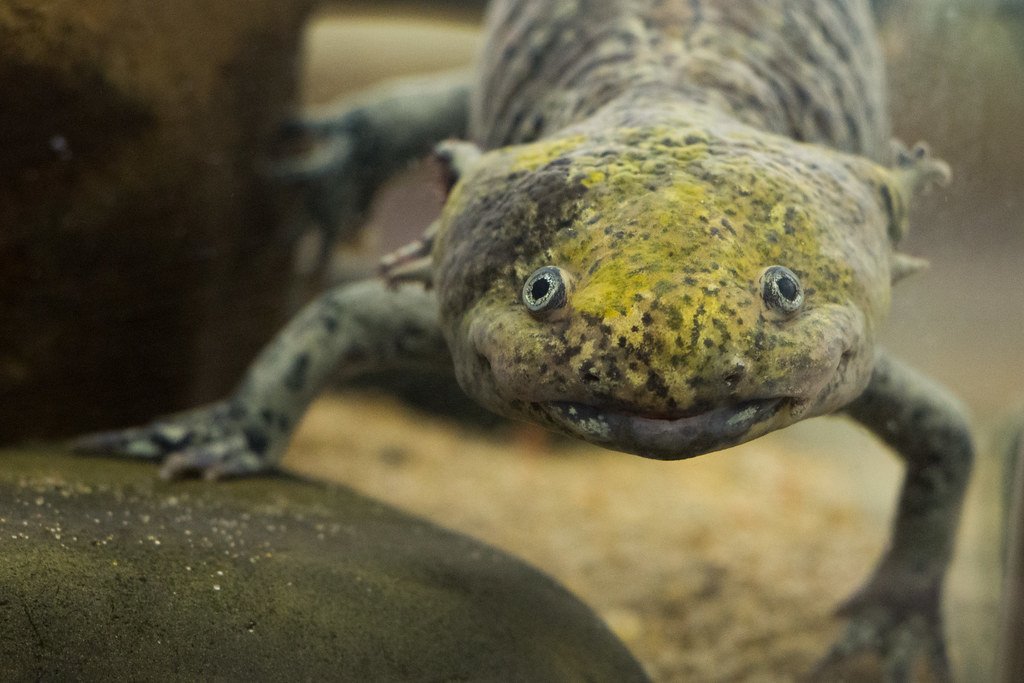
Axolotls can regenerate significant portions of their brains, including areas responsible for vision, smell, and motor control. When researchers removed parts of an axolotl’s brain, the animal didn’t suffer permanent cognitive damage—it regrew the missing tissue and restored function. This isn’t just cellular replacement; it’s complete reconstruction of complex neural networks.
The regenerated brain tissue integrates seamlessly with existing neural pathways, suggesting that these animals possess some form of biological memory that guides the reconstruction process. It’s like having a backup copy of your brain’s wiring diagram that automatically activates when repairs are needed.
The Genetic Toolkit for Immortal Youth

Scientists have discovered that axolotls possess a unique genetic toolkit that maintains their regenerative abilities throughout their lives. Unlike mammals, who shut down most regenerative pathways after early development, axolotls keep these genetic programs active and ready for action. Their cells retain a remarkable plasticity, able to switch between different cell types as needed for regeneration.
Key genes involved in embryonic development remain active in adult axolotls, allowing them to essentially restart developmental processes whenever tissue repair is needed. This genetic flexibility is like having a master key that unlocks any cellular door, enabling transformations that would be impossible in most adult animals.
The Cellular Time Machine

When axolotls regenerate tissue, their cells undergo a process called dedifferentiation, essentially traveling backward in time to become more primitive, stem-cell-like versions of themselves. These rejuvenated cells then multiply rapidly and redifferentiate into whatever cell types are needed for the repair. It’s like watching a movie in reverse, where specialized cells forget their specific jobs and remember how to be anything.
This cellular time travel happens without the usual risks associated with rapid cell division, such as cancer formation. Axolotls seem to have solved the problem of controlled regeneration without the dangerous side effects that plague most attempts at regenerative medicine.
Immune System Secrets
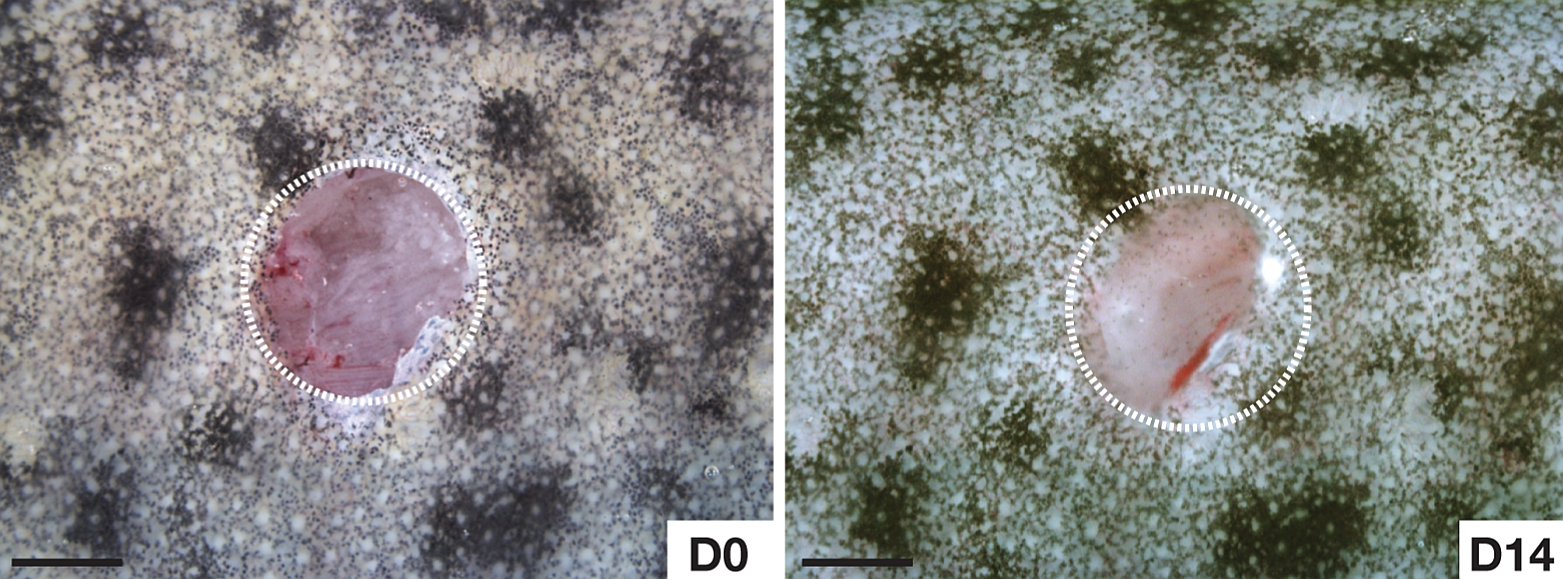
The axolotl’s immune system plays a crucial role in their regenerative abilities, but it works differently from mammalian immune systems. Instead of forming scar tissue and inflammatory responses that can impede healing, their immune cells actively support regeneration. Special immune cells called macrophages actually help coordinate the regenerative process, clearing away damaged tissue while promoting new growth.
This immune system doesn’t just tolerate regeneration—it actively participates in it. The inflammatory response that typically interferes with healing in mammals is repurposed in axolotls to facilitate reconstruction, turning what should be a biological obstacle into a regenerative advantage.
Environmental Factors That Enhance Regeneration

Axolotls’ regenerative abilities are enhanced by their aquatic environment, which provides constant moisture and reduces the risk of infection during the vulnerable healing phase. The water pressure and temperature in their natural habitat create optimal conditions for tissue regeneration, while the lack of gravity stress allows delicate new tissues to develop without mechanical damage.
Their diet of aquatic invertebrates provides essential nutrients that support regenerative processes, including specific proteins and minerals that mammalian diets often lack. The combination of environmental factors and dietary components creates a perfect storm for regenerative success.
The Metabolic Miracle

Axolotls have a remarkably efficient metabolism that supports their regenerative lifestyle without the massive energy costs you might expect. Their cold-blooded nature allows them to maintain regenerative processes at a lower metabolic rate than warm-blooded animals, making regeneration energetically feasible. This metabolic efficiency is like having a fuel-efficient engine that can still deliver incredible performance.
During regeneration, axolotls can redirect their metabolic resources to healing without compromising their survival, suggesting a level of metabolic flexibility that mammals lack. Their bodies seem to operate on a different energy budget, one that always reserves capacity for miraculous healing.
Cancer Resistance in the Face of Constant Growth

Despite their cells’ constant ability to divide and regenerate, axolotls show remarkable resistance to cancer. This seems paradoxical, as rapid cell division typically increases cancer risk, but axolotls have evolved sophisticated mechanisms to prevent malignant transformation. Their cells maintain strict quality control during regeneration, ensuring that only healthy, properly functioning cells contribute to new tissue.
Scientists believe this cancer resistance is linked to their unique genetic stability and cellular repair mechanisms, which prevent the accumulation of mutations that typically lead to malignancy. It’s as if their regenerative superpowers come with built-in safety features that prevent the system from going rogue.
The Evolutionary Advantage of Staying Young
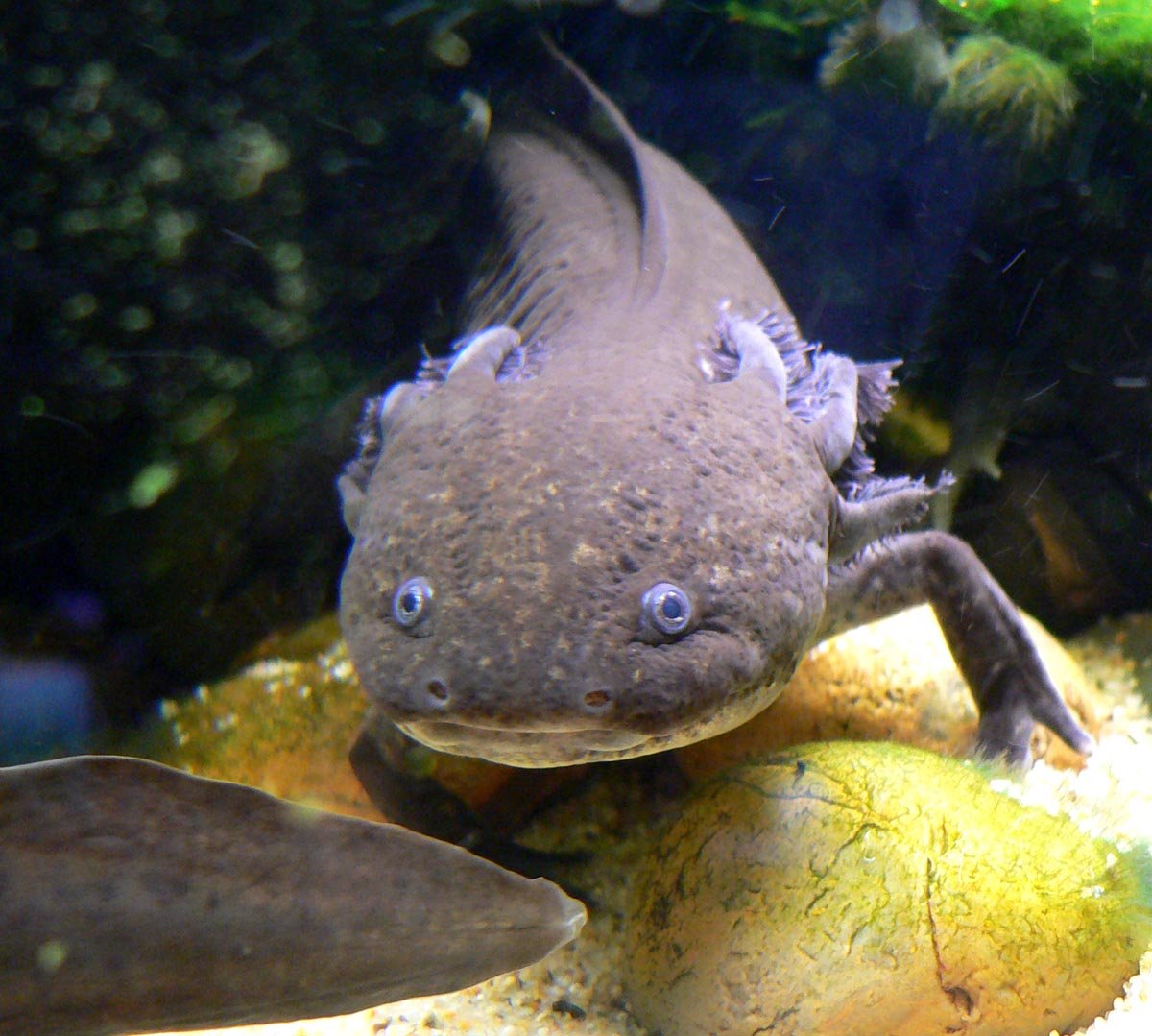
From an evolutionary perspective, the axolotl’s neoteny represents a brilliant adaptation to their specific environment. In the stable, predator-rich waters of their native lakes, the ability to quickly recover from injuries provides a significant survival advantage. Rather than investing energy in metamorphosis, they channel it into maintaining regenerative capabilities that serve them throughout their lives.
This evolutionary strategy challenges the assumption that maturation is always advantageous, suggesting that sometimes refusing to grow up can be the smartest evolutionary choice. The axolotl’s success story demonstrates that nature’s solutions often defy conventional wisdom.
Medical Applications That Could Change Everything

Researchers are frantically studying axolotl regeneration to unlock therapies for human spinal cord injuries, heart disease, and organ failure. The potential applications are staggering: imagine treating heart attacks by helping the heart regenerate itself, or curing paralysis by enabling spinal cord repair. Several biotech companies are already developing treatments based on axolotl regenerative mechanisms.
Early clinical trials are exploring whether axolotl-inspired therapies can help humans regenerate damaged tissue, though the complexity of mammalian biology presents significant challenges. The dream of regenerative medicine is no longer science fiction—it’s becoming a scientific reality inspired by these remarkable creatures.
The Conservation Crisis
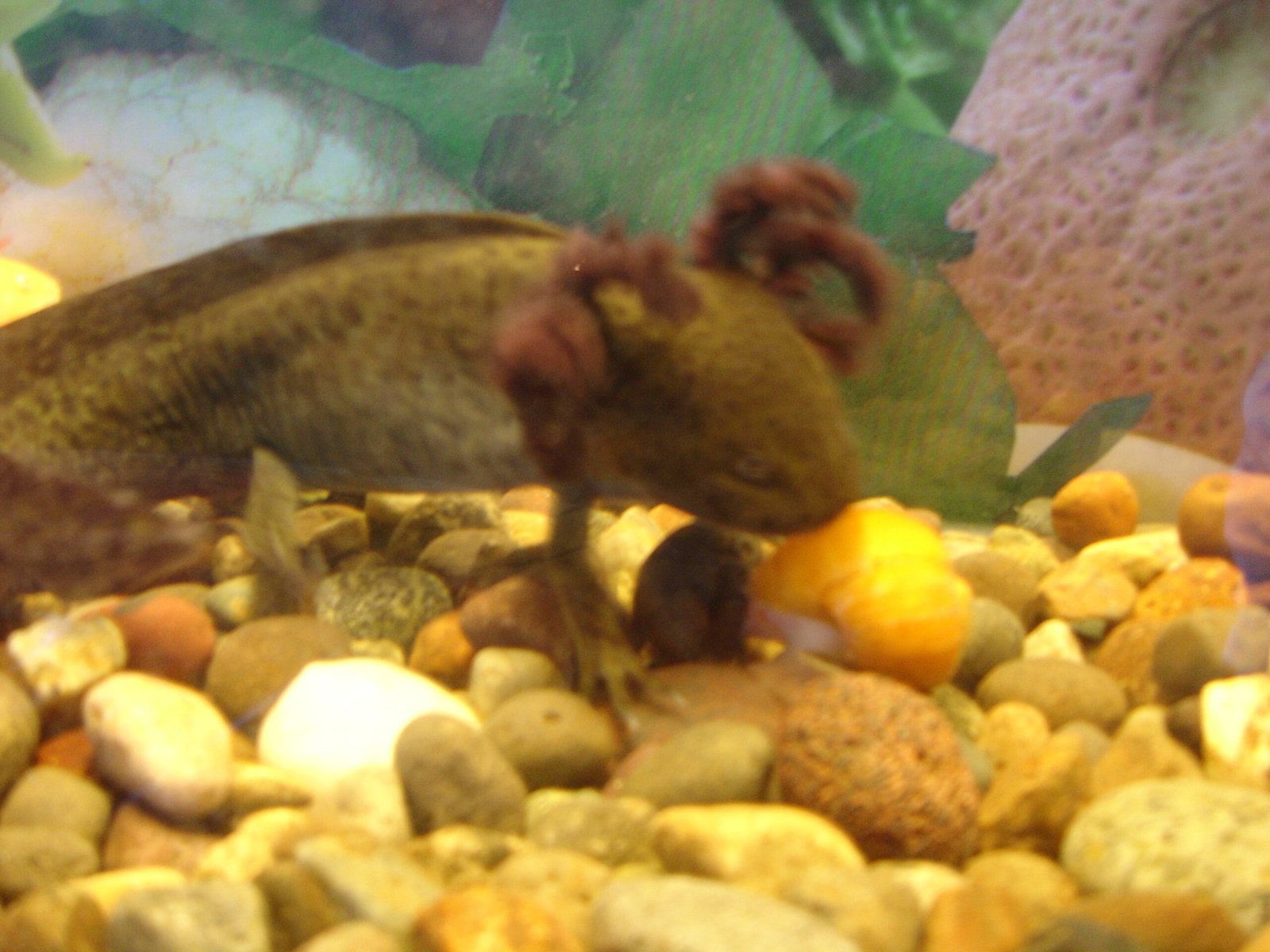
Tragically, wild axolotls are critically endangered, with fewer than 1,000 individuals remaining in their native Mexican lake systems. Pollution, habitat destruction, and invasive species have decimated their populations, threatening to eliminate one of nature’s most medically important species. The irony is profound: as we discover how axolotls might help us heal, we’re simultaneously driving them toward extinction.
Conservation efforts are underway, but they face enormous challenges from urban development and water pollution in Mexico City. The loss of wild axolotls would be not just an ecological tragedy, but a medical catastrophe that could set back regenerative medicine research by decades.
Laboratory Colonies and Research Breakthroughs
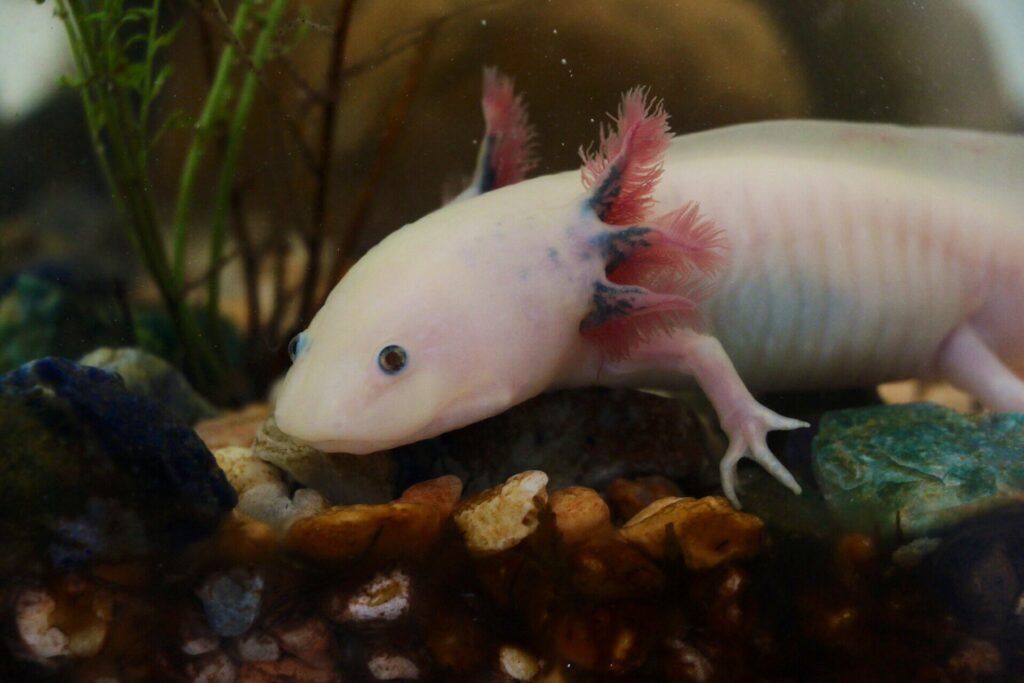
Fortunately, axolotls thrive in laboratory settings, where they’ve become one of the most important research animals in modern biology. Laboratory colonies numbering in the tens of thousands provide researchers with steady access to these remarkable creatures for regenerative studies. These captive populations have already contributed to groundbreaking discoveries about tissue regeneration and cellular repair.
Recent breakthroughs include identifying specific genes that control regeneration, understanding how axolotl cells avoid cancer during rapid division, and developing techniques to enhance regenerative abilities in mammalian cells. Each discovery brings us closer to translating axolotl superpowers into human medicine.
The Future of Regenerative Medicine

The axolotl’s regenerative abilities represent a roadmap for the future of medicine, where injuries and diseases that currently cause permanent damage could become temporary setbacks. Scientists are working to understand not just how axolotls regenerate, but how we might awakening similar abilities in humans. The potential to cure paralysis, reverse heart damage, and regenerate lost limbs is no longer the stuff of science fiction.
As our understanding of axolotl biology deepens, we’re discovering that their regenerative powers aren’t magic—they’re sophisticated biological processes that follow discoverable rules. These rules might be rewritable, offering hope that humans could one day refuse to accept permanent damage as fate.
Conclusion: The Eternal Child’s Gift to Humanity

The axolotl’s decision to never grow up has turned out to be one of evolution’s most generous gifts to humanity. By maintaining their larval form and regenerative abilities throughout their lives, these remarkable creatures have preserved biological capabilities that most animals abandon in adulthood. Their refusal to mature isn’t immaturity—it’s a masterclass in biological optimization that could revolutionize how we approach healing and recovery.
From regrowing limbs to healing hearts and regenerating spinal cords, axolotls have shown us that the impossible is simply the improbable waiting for the right biological conditions. As we stand on the brink of a regenerative medicine revolution, we owe a debt of gratitude to these eternal children of the water who never learned that growing up meant giving up their superpowers.
The next time you see an axolotl’s perpetually surprised expression, remember that you’re looking at a creature that has solved one of biology’s greatest challenges. In a world where aging and injury seem inevitable, the axolotl whispers a different truth: sometimes, the secret to incredible power is simply refusing to grow up. What would you sacrifice to possess such regenerative abilities?

